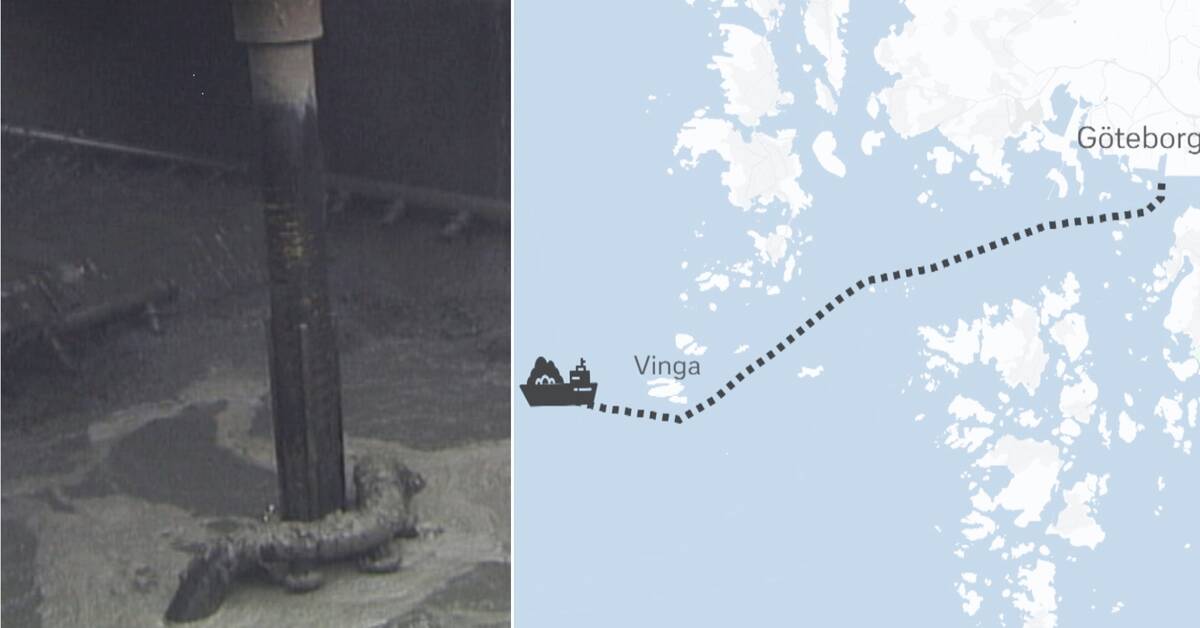Peter Ronelöv Olsson, chairman of the Swedish Fishermen's Producers' Organization (SFPO).
It has taken its time but now the verdict has arrived.
The Land and Environmental Court has had its say and the Port of Gothenburg and the Maritime Administration may not dump 285,0000 cubic meters of toxic clay masses that will be dug up in the Port of Gothenburg when it is to be widened and deepened.
The reason for that is so that the port can receive fully loaded and larger container ships.
- I'm terribly satisfied!
But if the port of Gothenburg appeals the verdict, it shows what environmental villains they are, says Peter Ronelöv Olsson, chairman of the Swedish Fishermen's Producers Organization (SFPO).
He is happy but at the same time upset that it is only the toxic clay masses that are not allowed to be dumped outside Vinga.
Environmentally best
In total, it is about 13.5 million cubic meters of clay that must be excavated, and that was approximately two percent of the clay that is contaminated with, among other things, mercury, copper and tributyltin (TBT).
- I think it is completely wrong to dump dredged material on food-producing seabeds, whether it is clean or toxic dredged material, says Peter Ronelöv Olsson.
Can be appealed
The Port of Gothenburg, on the other hand, sees the dumping alternative as the best from an environmental point of view.
Jan Andersson, project manager Skandiporten Port of Gothenburg.
- We still think it is a good proposal, but we have an alternative plan and we are listening to the court.
However, we have not decided whether we will appeal yet.
Isn't it just about money, that it will be much more expensive to put in landfills on land?
- No, it does not.
But in this case, there will be a cost increase of SEK 100 to 150 million, says Jan Andersson, project manager of the Port of Gothenburg.
In the clip below, you can see how the Port of Gothenburg thought the dumping would go
Javascript is disabled
Javascript must be enabled to play video
Read more about browser support
Start the clip to see how the dumping of the toxic mud could be done - and hear Kristina Bernstén, sub-project manager at the Port of Gothenburg, explain Photo: SVT

